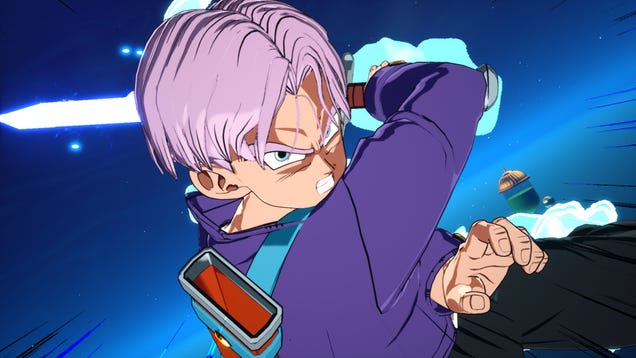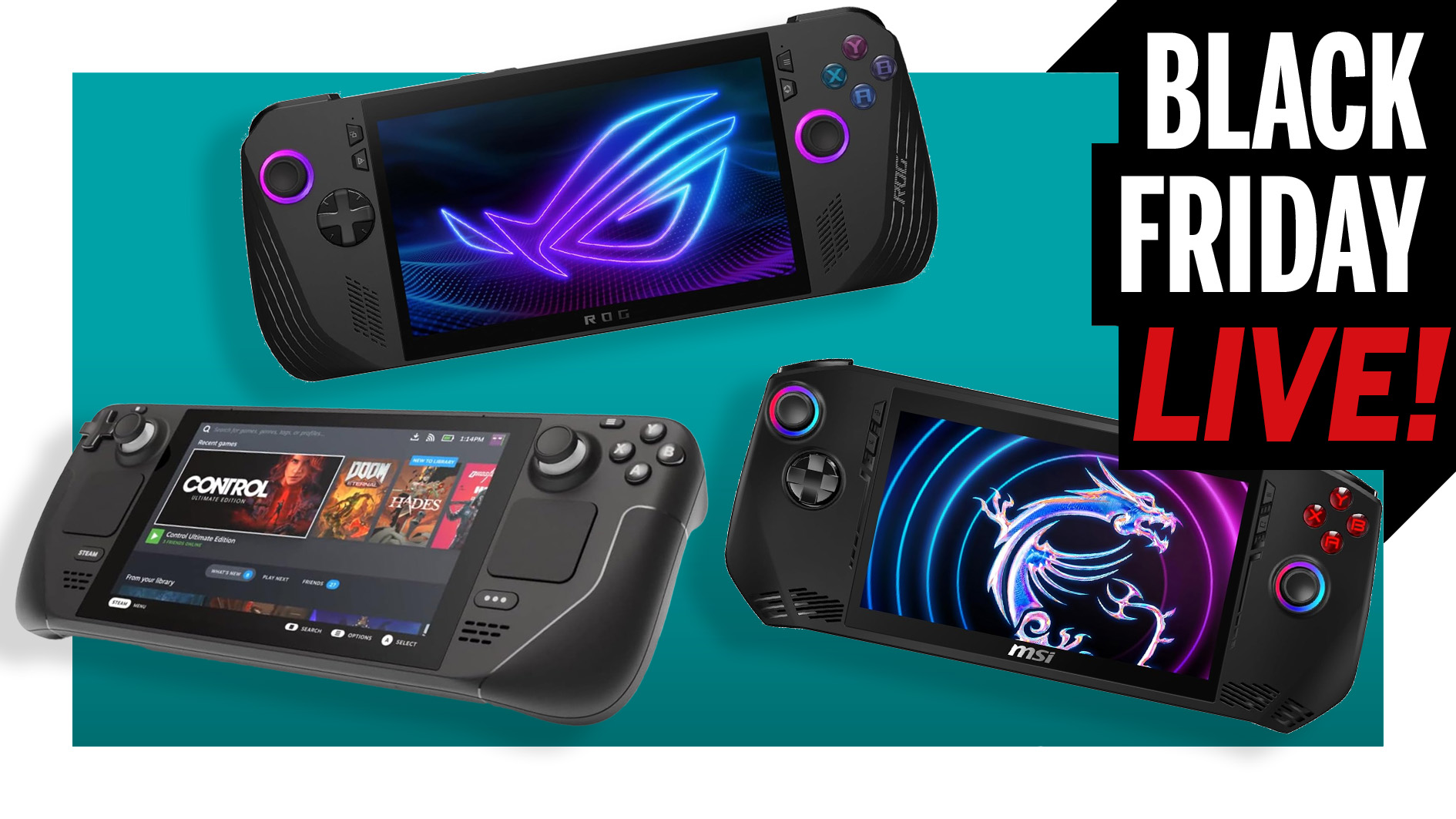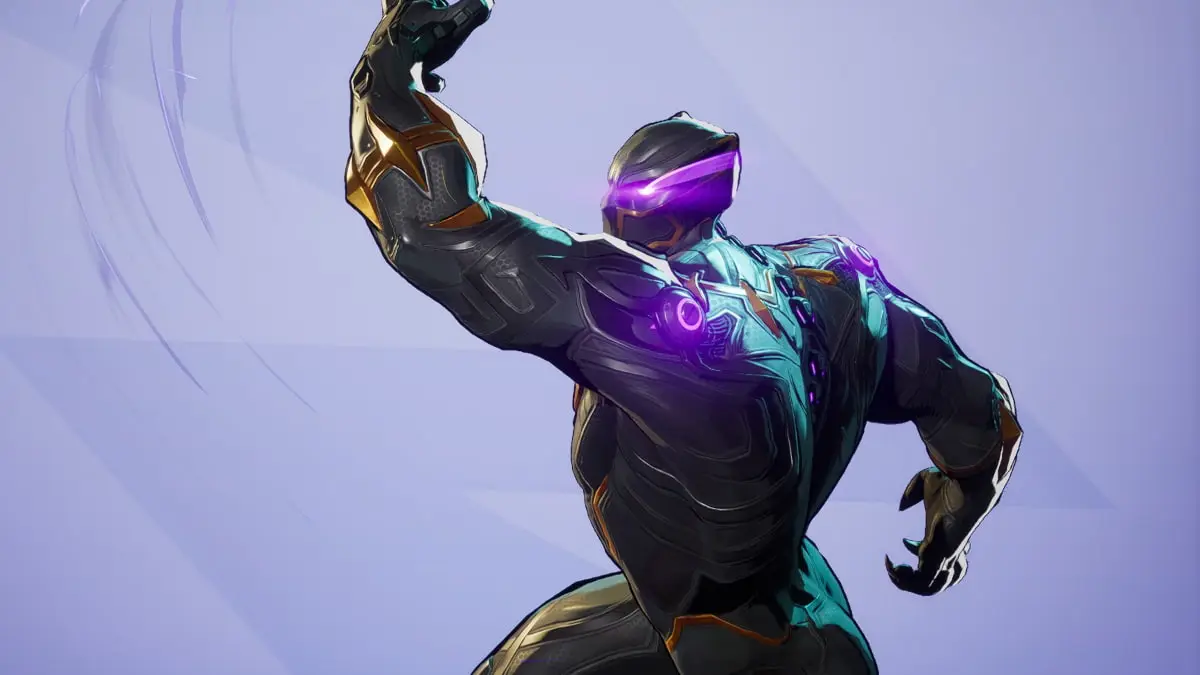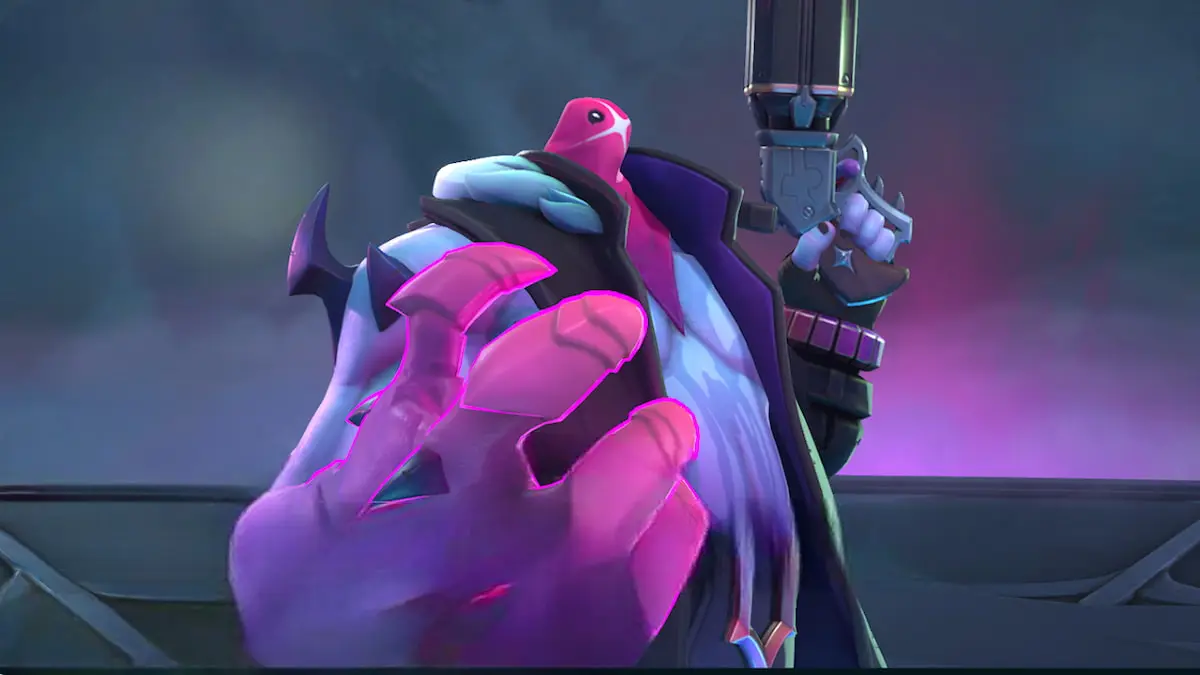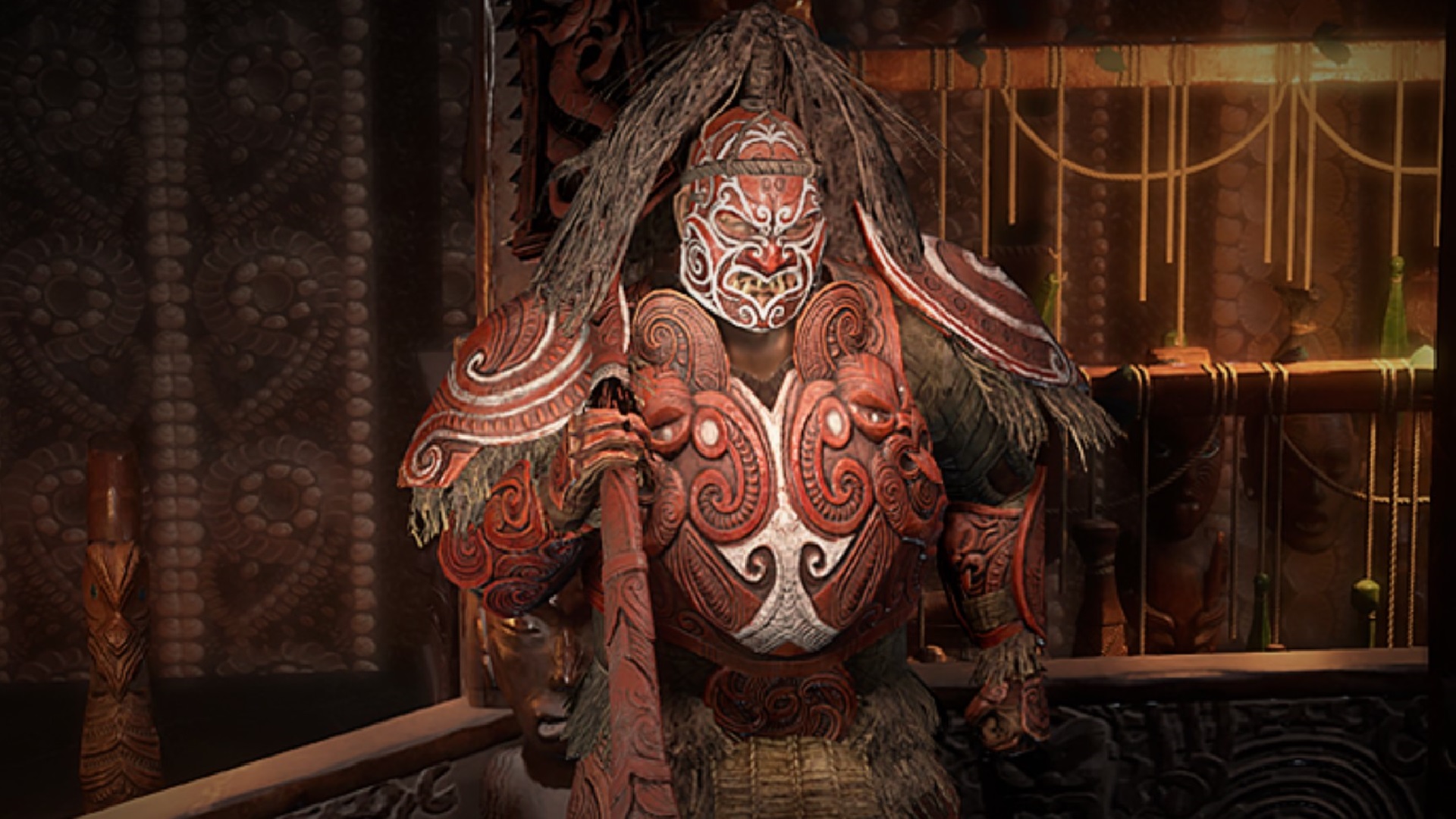
Some gripes aside, it's shaping up to be a great League.
The start of a Path of Exile League is a magical time. You’re in queue with 100,000 of your closest friends ready to blast some monsters and get some divines. You’ve chosen a build, prepped your loot filter, and have a plan for early atlas strategy. Unless you’re me, of course—then you’re frantically searching for a Perforate guide in the darkest corners of the internet because you’ve arbitrarily decided you want to play a Duelist but have no idea what you’re doing. Ah, Leaguestart.
Trial of the Ancestors, the 3.22 patch for Path of Exile, is upon us. And while for the last month I’ve mostly been looking ahead to Path of Exile 2, I was still very hyped for this League. A relatively light touch with balance changes (pour one out for the Vengeant Cascade enjoyers), massive reworks to two Ascendancies, and a League mechanic that’s basically a whole autobattler made for an exciting prospect. After a mostly productive opening weekend with only about a hundred deaths to my own incompetence, I am pleased to report that I’m digging this new League, but not without reservation.
I chose to play a Perforate Slayer for excellent, adult reasons—definitely not because a meme flowchart on Reddit told me to. I hadn’t played a Duelist since my very first PoE League (Harbinger, played a Cleave Gladiator) in 2017, and this time around I wanted to absolutely obliterate some bosses with single target damage and to see if playing a melee character really was as miserable as everyone says it is. I punched my ticket for the struggle bus, wrestled my Blood and Sand Stance from those murderous rhoas in the Mud Flats, and got to work.
Those same rhoas also gave me a familiar token, a Silver Coin. We haven’t seen these since Navali went on her extended sabbatical when they removed Prophecy League content in 3.17. Instead of exchanging them with her for Prophecies, using a Silver Coin now sends us to the Halls of the Dead where Karui champions battle one another in an eternal afterlife tournament—think Valhalla, but with a bracket. In the same way that Forbidden Sanctum gave us a bit of a taste of what a Path of Exile roguelike might entail, Trial of the Ancestors explores the world of autobattlers like Teamfight Tactics and Dota Underlords.
Each Silver Coin allows you to play a match in the double elimination tournament, with each tournament lasting until all 10 AI opposing teams are knocked out or you are (there’s no PvP, regrettably). With each match you can win some currency or a tattoo, with the tattoos being a new type of item introduced in the League. They let you replace nodes on your passive tree with new, tattoo-specific bonuses—I’ve been steadily changing out all my travel nodes with 2% life tattoos, but they can also have farther-reaching effects like bumping your maximum resistance to an element or adding a bonus projectile to an attack.
If you win the tournament, you can get juicy Honored tattoos, Omens that modify the future, or new uniques. Omens have powerful single-use effects like guaranteeing the next fusing you use results in a six-link, while another I’ve found turns you into a Shade at low health, potentially saving you from sticky situations. There’s definitely some perks to being the champ.
(Image credit: Grinding Gear Games)
(Image credit: Grinding Gear Games)
(Image credit: Grinding Gear Games)
Each player loads in with a totem for themself and each warrior on the team, with the goal being to destroy all of your opponent’s totems, with the automated warriors serving as attackers, defenders, and flankers. In-between rounds, you can purchase new little guys or upgrade your pre-existing warriors. Also, almost like a MOBA, PoE’s autobattler mode allows you to intervene yourself to attack your opponent’s warriors and totems.
PoE’s new autobattler mode is a blast. Whether I’m attacking, defending, or sitting in my opponent’s backline with a dozen knockback skeleton warriors, my contributions feel impactful. It’s especially fun with multiple players, and getting together with a couple friends to do some trials feels like a fundamentally different way to play the game.
As much fun as the mode is, the rewards leave a lot to be desired. I’d like to see more currency for winning a match, and I haven’t been impressed with most of the tattoos I’ve found. I may amend that latter judgment as the math folks figure out optimal tattoo compositions for our passive trees, but my brain doesn’t have enough wrinkles for that. Some of the opponents in the tournament can be a nightmare depending on your build as well. Kahuturoa was the stuff of nightmares for my Slayer, as his Physical Overwhelm turns my normally decent armor into paper mache and he splatters me all over the battlefield.
(Image credit: Grinding Gear Games)
(Image credit: Grinding Gear Games)
(Image credit: Grinding Gear Games)
As you rank up in the tournament, the challenge ramps up very quickly, and the mode lacks any difficulty options. Going down in rank is a slow and painful process that costs valuable Silver Coins, and hitting a wall almost put me off the mode entirely. I’d appreciate seeing a lower difficulty mode added, similar to how in Delve we could go straight down or branch sideways to keep enjoying the content without it getting exponentially harder. While increasing difficulty as tournament brackets progress makes sense, I’d just appreciate a lower-stakes way of interacting with this new mode, a casual queue to pair with de facto ranked ladder.
Given those difficulty gripes, I’ll only be going to be circling back to the Karui March Madness after I’ve developed my Slayer a bit more. As with every Path of Exile League, I’ve got a laundry list of projects—finish saving up for a Voidforge, wrap up t15s and t16s for atlas completion, run a few more blueprints, finish up my pantheons, and, of course, craft a monster two-hand damage cluster jewel. After spending longer than I should have trying and failing to enjoy Diablo 4, it’s nice to be home.
